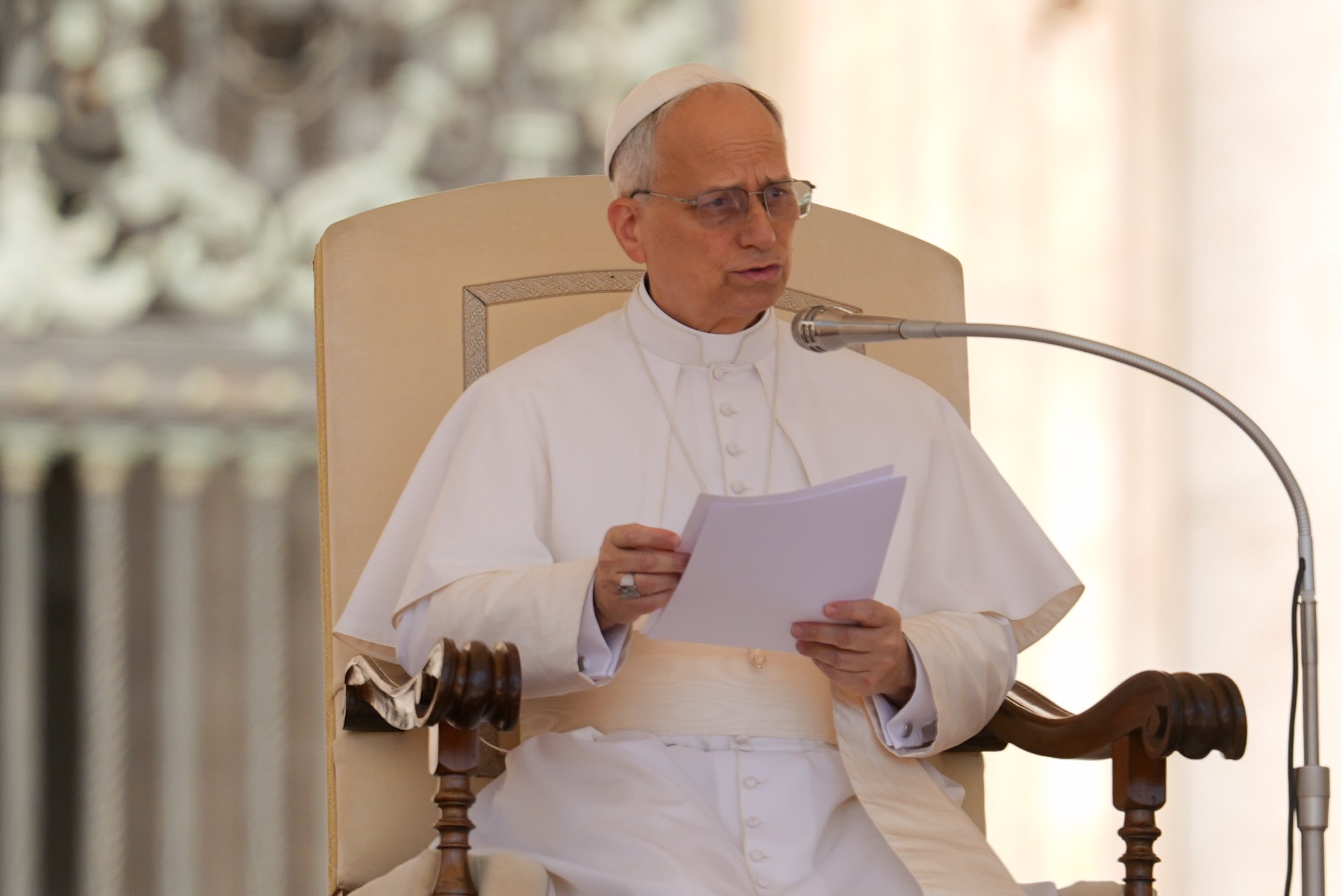April 6, 2018 at 1:53 p.m.
He's got the whole universe in his hands Innovative space project comes to Schenectady
Patricia Platel has her head in the clouds.
"I've always loved the stars," said the first grade teacher at St. John the Evangelist School in Schenectady. "I used to talk to the moon."
Her fascination with space is related to her growing up when America's space program scored many firsts. For example, she was interested in Alan Shepard, the first American in space in 1961 who later commanded the Apollo 14 moon mission where he spent a record 33.5 hours on the surface of the moon.
"I think growing up when I did piqued my interest," she says, an interest that spilled over into her classroom recently when a new program was brought to Catholic and public schools in Schenectady.
First for schools
The schools became the first in the state and among the first in the nation to participate in Window on the Universe, a program sponsored by the Smithsonian Institution's National Air and Space Museum, the Challenger Center for Space Science Education, and the National Aeronautics and Space Administration.
The program consists of evening demonstrations for families, classroom visits and a workshop for teachers by astrophysicist Jeff Goldstein, director of space science research at the Challenger Center. It was designed to help children see science as an enjoyable experience and to link families to education.
"It sparks an interest to learn," explained Miss Platel, "and it brings families into learning. Learning is not limited to the classroom."
Winds of Mars
Dr. Jeff, as he is known to the students, described his work as an astrophysicist to Miss Platel's first graders. He was one of three scientists to discover the winds on Mars. The students' reactions were "cool" and "amazing."
Dr. Jeff was met by "ooh's" and "ah's" as he talked about the planets and weather systems. As he explained the equipment he uses to view the planets, first grader Michael Rowe spoke for his class when he said, "You have got to be kidding!"
Besides working with classes at St. John the Evangelist, Dr. Jeff worked with sixth graders from Schenectady Catholic elementary schools at Notre Dame/Bishop Gibbons School, visited the Schenectady city schools, and led two family nights.
Link to space
While some might think first graders are too young to learn about space, Miss Platel found otherwise. In a room where reports on the Hale-Bopp Comet hang on the walls, where questions about space shuttle missions flow freely, and where a first grader can explain the function of a spectrograph, Miss Platel has proven that even young children can develop an interest in science.
"It goes contrary to a lot of standards," Miss Platel explained, "but they get excited about it. It's a spark that gets kids going and increases their interest in science."
She pointed out that young children become interested in certain topics like dinosaurs or bugs, part of the natural curiosity that is part of childhood. By tapping into that curiosity, she said, teachers can help students develop a strong interest in science and technology.
(05-29-97) [[In-content Ad]]
MORE NEWS STORIES
- Picturesque Catholic village in Switzerland buried under landslide
- Cupich: If Illinois assisted-suicide bill becomes law, it could spur ‘suicide contagion’
- British Catholics warn of conflict over interference in confessions
- Washington Roundup: Elon Musk’s tenure ends, Biden makes first public remarks since cancer diagnosis
- Justices allow Trump to end deportation protections for 500,000 migrants
- Religious sisters played role in pope’s formation in grade school, NJ province discovers
- Retired Portland Archbishop John G. Vlazny, defender of immigrants, dies at 88
- Decisions, relationships, actions must be rooted in nonviolence, pope says
- Situation in Gaza reaches ‘catastrophic levels,’ warns Catholic humanitarian organization
- As Italy’s bishops release latest abuse figures, survivor meets with Vatican commission









Comments:
You must login to comment.